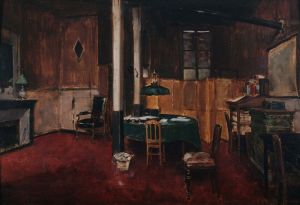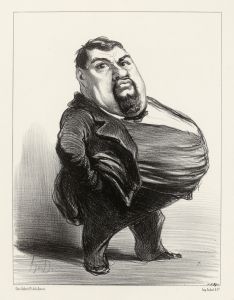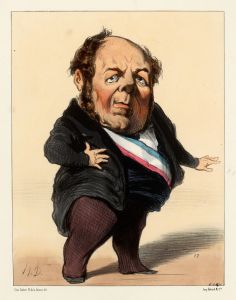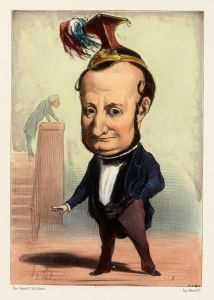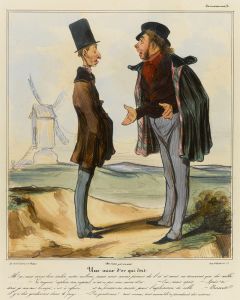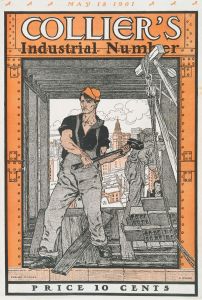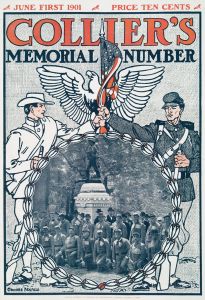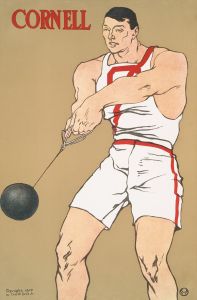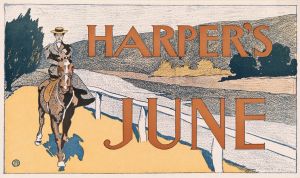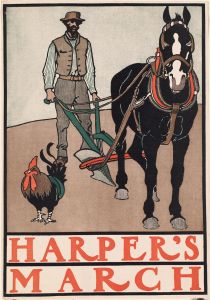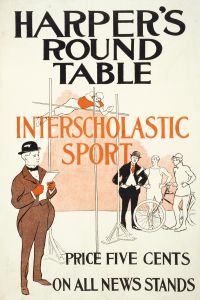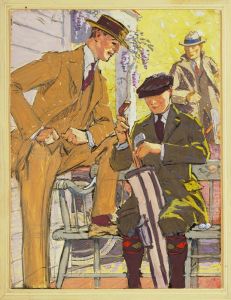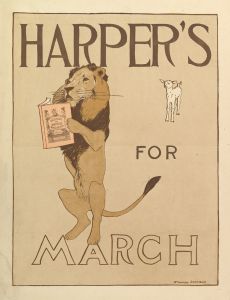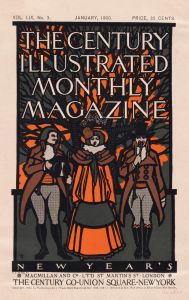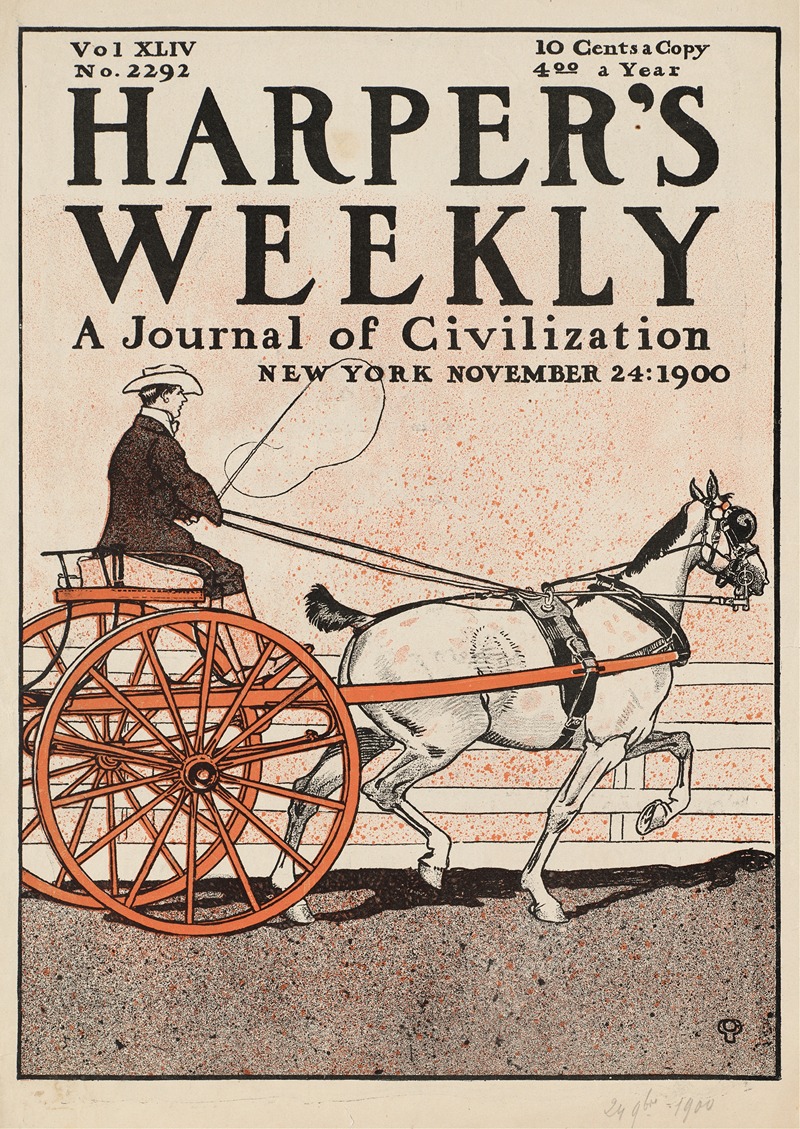
Harper’s weekly, a journal of civilization
A hand-painted replica of Edward Penfield’s masterpiece Harper’s weekly, a journal of civilization, meticulously crafted by professional artists to capture the true essence of the original. Each piece is created with museum-quality canvas and rare mineral pigments, carefully painted by experienced artists with delicate brushstrokes and rich, layered colors to perfectly recreate the texture of the original artwork. Unlike machine-printed reproductions, this hand-painted version brings the painting to life, infused with the artist’s emotions and skill in every stroke. Whether for personal collection or home decoration, it instantly elevates the artistic atmosphere of any space.
Edward Penfield was an influential American illustrator and a key figure in the development of the American poster art movement during the late 19th and early 20th centuries. One of his notable works is the cover illustration for "Harper's Weekly, A Journal of Civilization," which showcases his distinctive style and contribution to the field of graphic design.
"Harper's Weekly" was a prominent American periodical published by Harper & Brothers from 1857 until 1916. It played a significant role in shaping public opinion during its time, covering a wide range of topics including politics, art, and culture. The magazine was particularly known for its illustrations, which included works by famous artists such as Winslow Homer and Thomas Nast. Edward Penfield's association with "Harper's Weekly" further cemented the publication's reputation for high-quality visual content.
Penfield's cover illustrations for "Harper's Weekly" are characterized by their bold use of color, simplified forms, and clear, concise compositions. These elements were influenced by the Art Nouveau movement and the burgeoning field of advertising art. Penfield's work often featured everyday scenes and figures, capturing the essence of contemporary American life with a sense of elegance and sophistication.
One of the key aspects of Penfield's style was his ability to convey a narrative through imagery. His covers for "Harper's Weekly" often depicted scenes that resonated with the magazine's readership, reflecting the social and cultural milieu of the time. This approach not only enhanced the visual appeal of the publication but also helped to communicate its editorial content more effectively.
Penfield's contribution to "Harper's Weekly" is part of a broader legacy that includes his work for other publications and his influence on the development of American graphic design. He was instrumental in popularizing the poster as a form of artistic expression in the United States, and his work is considered a precursor to modern advertising techniques.
In addition to his work as an illustrator, Penfield was also an art director and educator. He served as the art director for Harper & Brothers, where he oversaw the visual aspects of the company's publications. His leadership and vision helped to elevate the standard of commercial art during his tenure.
Edward Penfield's impact on the world of illustration and design is still recognized today. His work for "Harper's Weekly" remains a testament to his skill and creativity, and his influence can be seen in the evolution of graphic design throughout the 20th century. As an artist, Penfield successfully bridged the gap between fine art and commercial art, leaving a lasting legacy that continues to inspire designers and illustrators around the world.





